Rotational feeding guide
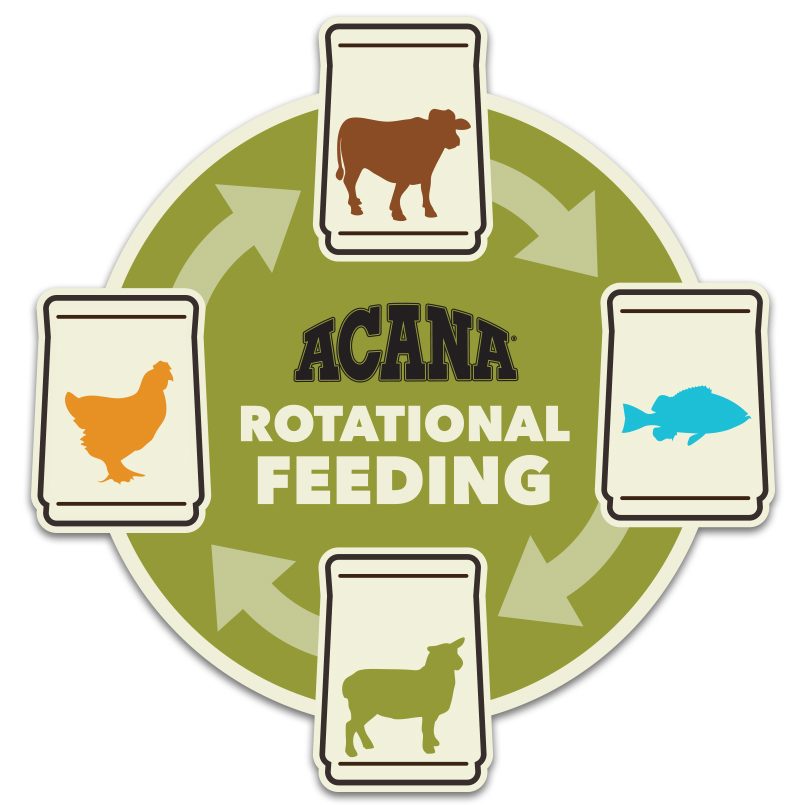
WHAT IS ROTATIONAL FEEDING?
Rotational feeding refers to a diet rotation that provides pets with regular dietary changes. Rotational feeding can be as simple as changing a dog’s food every other bag or changing it meal to meal. How often, how quickly and how drastically to switch a dog’s food depends on his stomach’s sensitivity to change and types of proteins, as well as a Pet Lover’s lifestyle. There are many different reasons to adopt a rotational feeding program, ranging from adding interest to meal times or adding nutritional variety.
BENEFITS
Round Out Nutrient Intake - Each food in the ACANA Singles product line features a single animal protein and a perfectly paired fruit or vegetable to appease dogs with food sensitivities or flavor preferences. Different animal proteins have different amino acid and fatty acid profiles, as well as various minerals and vitamins. For example, beef contains significant amounts of iron but is lower in omega-3 fatty acids than pork1. Amino acids, which are the building blocks of proteins, differ slightly across different animal protein sources as well. Turkey meat contains higher amounts of the amino acid tryptophan than pork meat1.
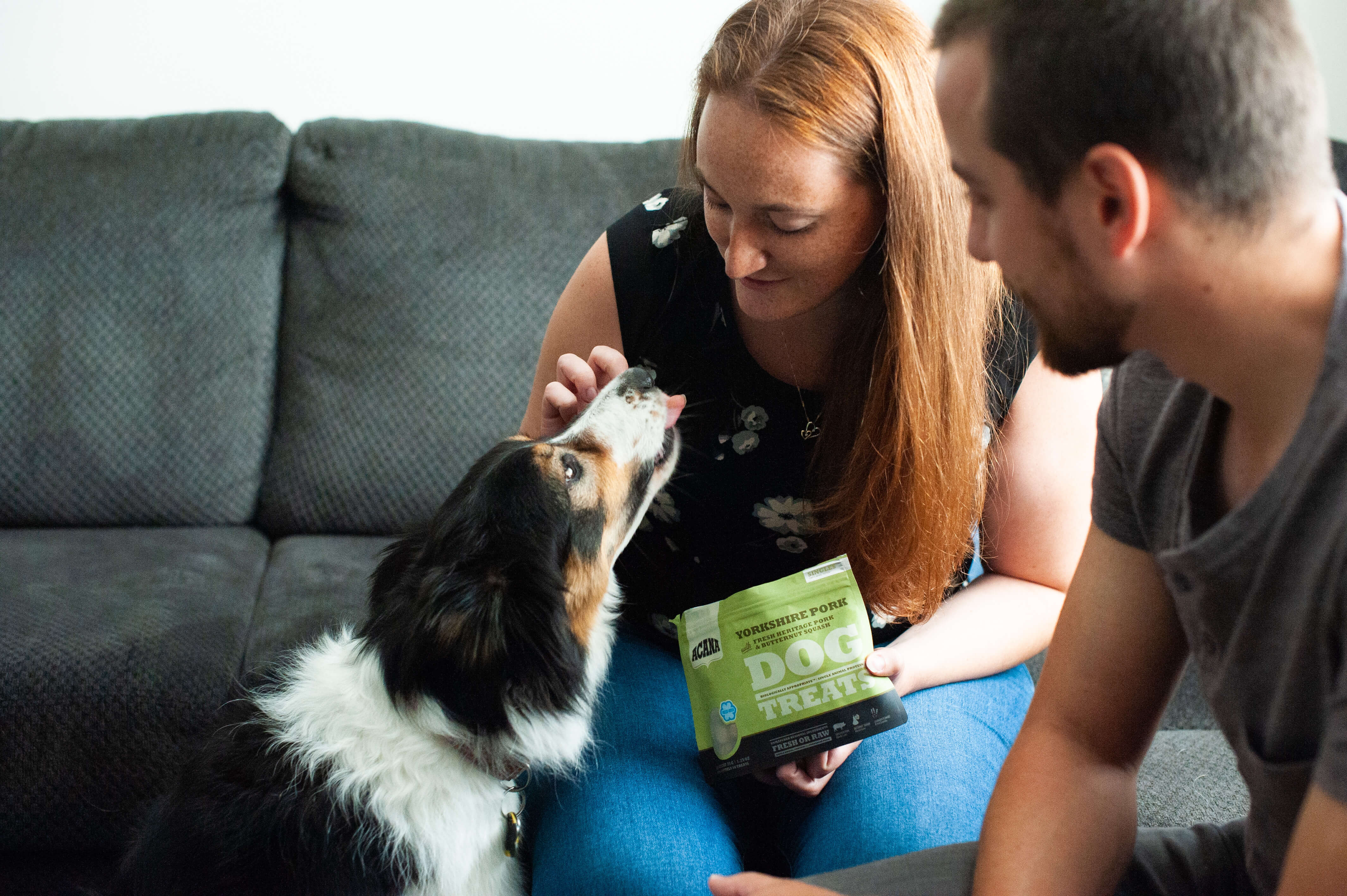
Although all of our ACANA Singles recipes are balanced to be fed alone and meet the requirements as set out by the Association of American
Feed Control Officials (AAFCO), rotational feeding adds variety. The dietary variation that dogs and cats’ wild cousins would experience
is typically lost in regular feeding. Through rotational feeding, our pets gain diversity in their nourishment.
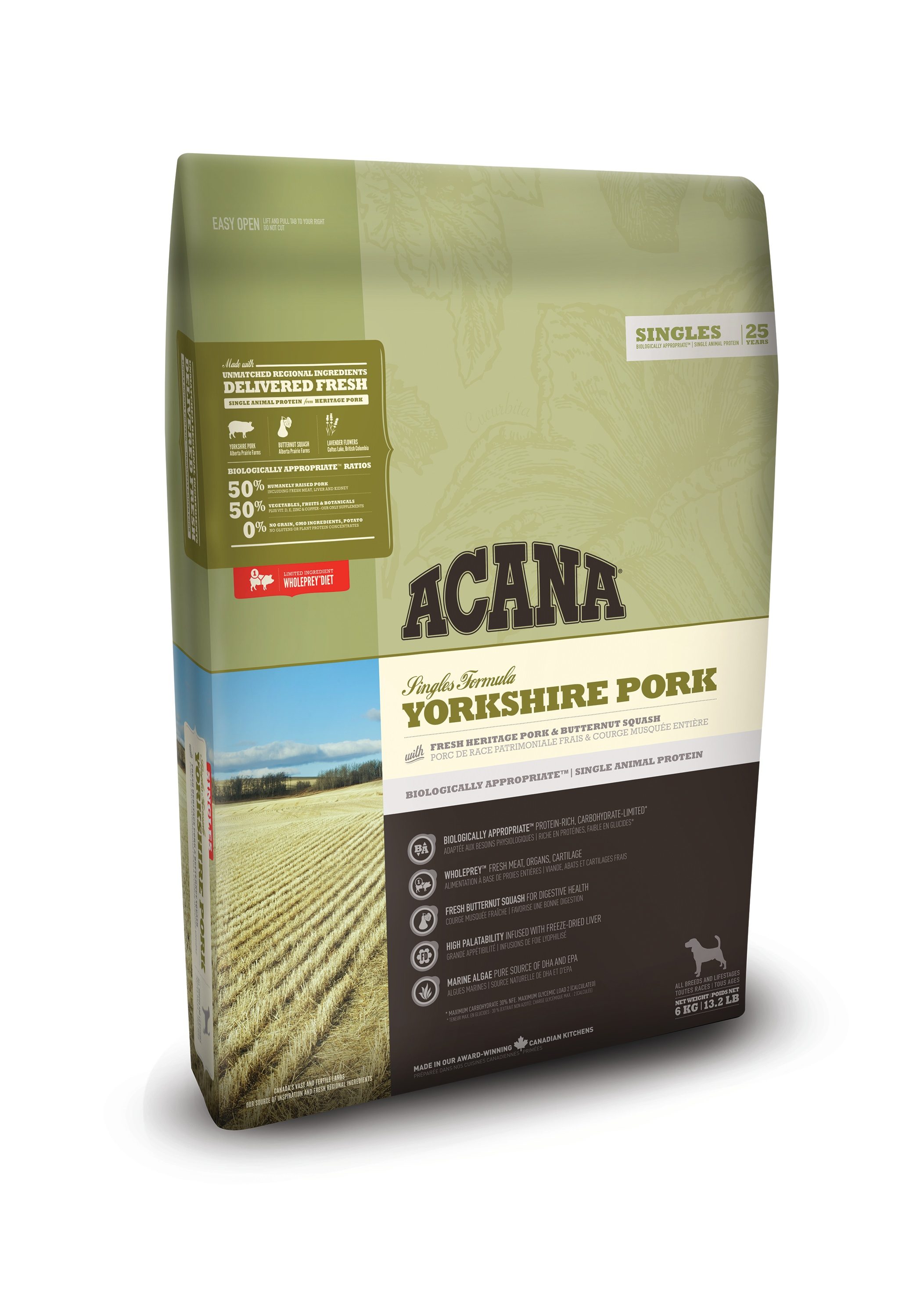
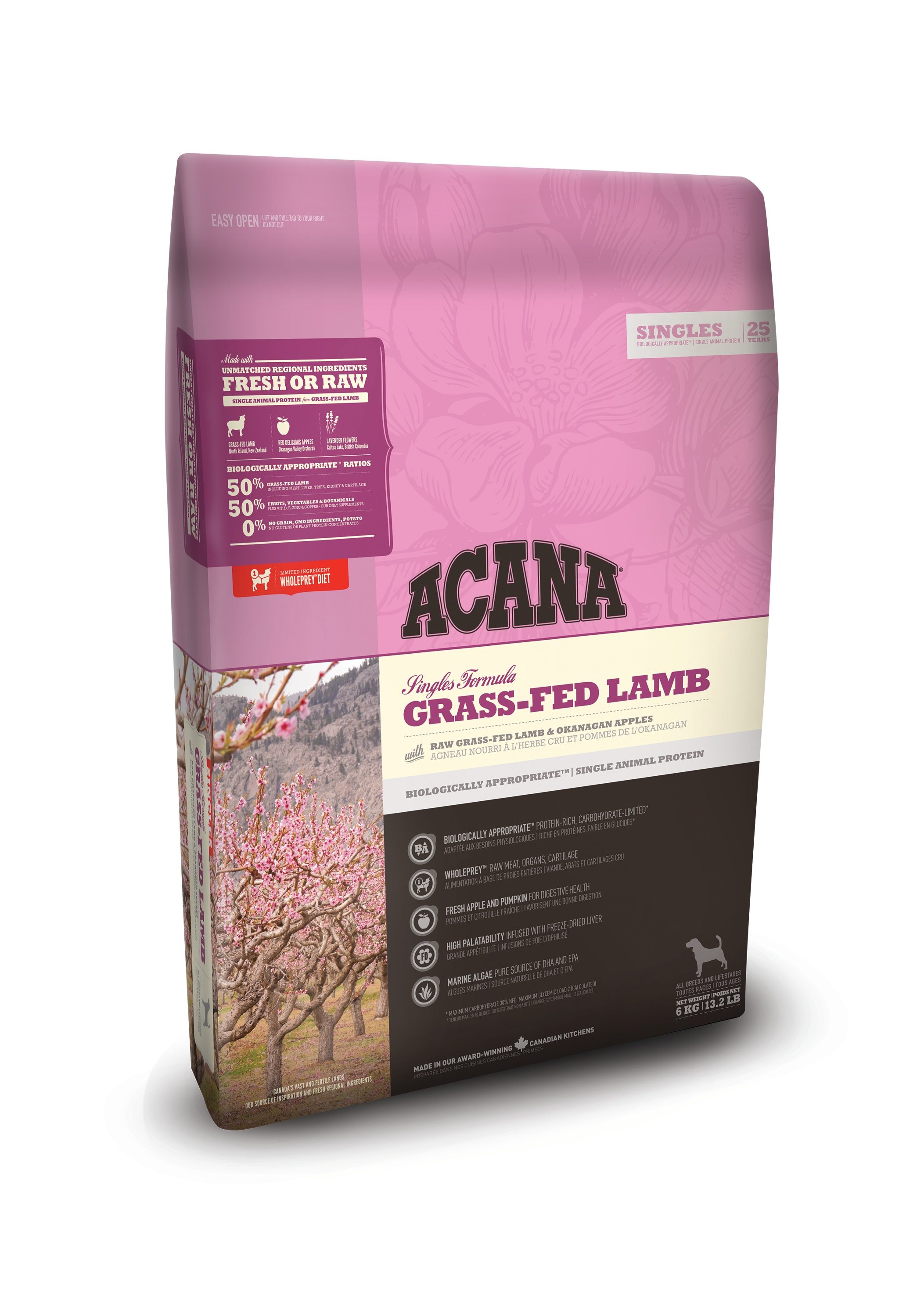
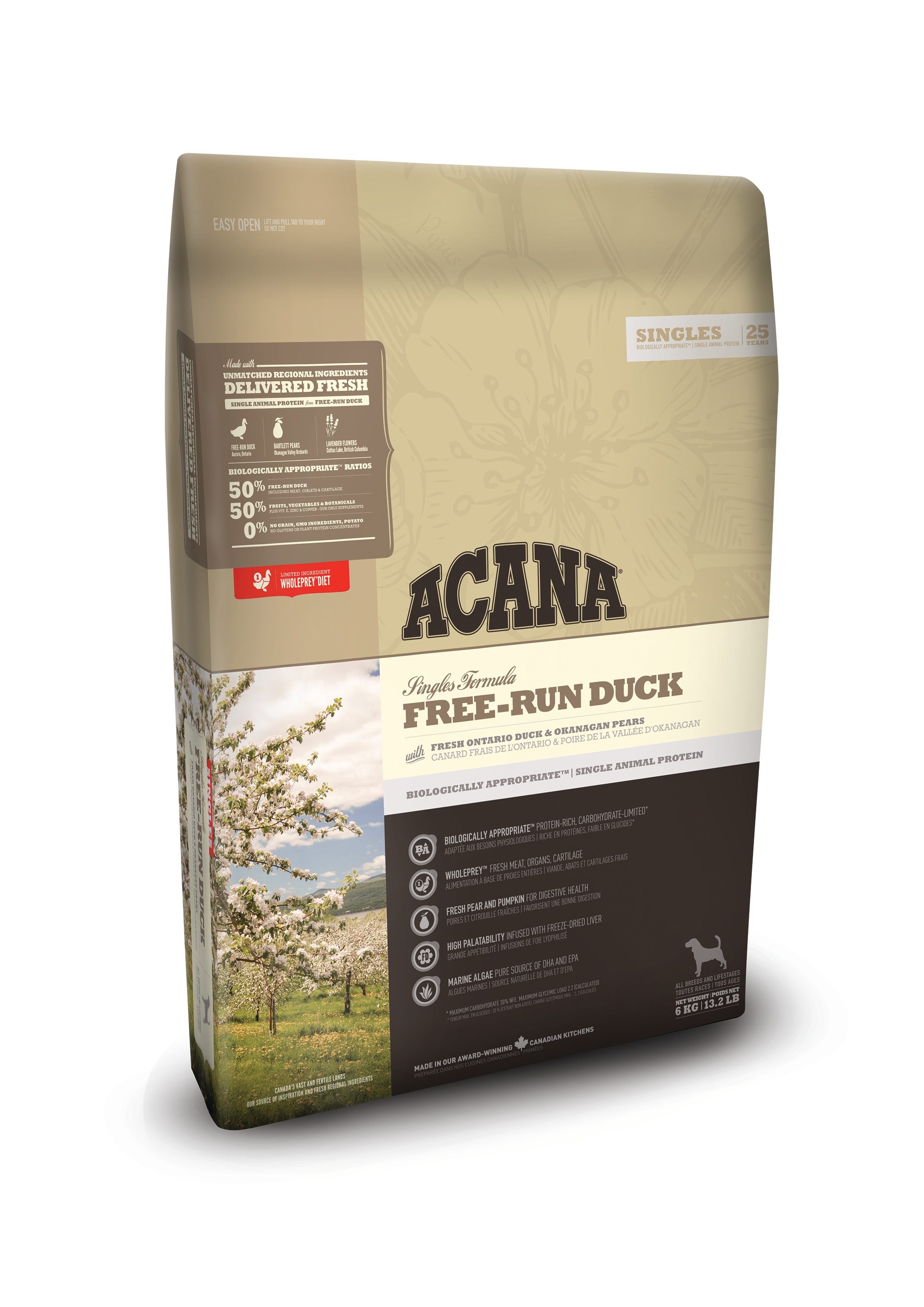
Or you can try our ACANA Regionals range. With high quality animal protein and inclusions of fresh fruits, vegetables and legumes, it is the perfect recipe for your pet to ensure peak digestive health. Not only that, with its variety of animal proteins you can confidently feed any of the range and rotate when required to avoid flavour fatigue!

Protein Exposure
Food sensitivities exist in dogs but are often misdiagnosed or confused with food allergies2. Food allergies cause an immune mediated response2, whereas food sensitivities are much more common and traditionally manifest as poor food reactions, including soft stools, excess gas, itchy dry skin and itchy paws and ears3. Just like humans, exposure to different proteins at a young age may decrease the chances of developing food sensitivities. Feeding a rotational diet to a dog exposes them to a broader range of proteins and helps to prevent sensitivities.
Flavor Fatigue
Often, pets experience flavor fatigue from eating the same diet every day, just as we would. Rotational feeding keeps dogs and cats interested in the food and prevents flavor fatigue. Rotational feeding also offers the novelty of new foods4. This can help boost intake for picky eaters or animals with a reduced appetite.
OPTIONS FOR ROTATIONAL FEEDING
The Biologically Appropriate recipes in the new ACANA Regional and Singles ranges are ideal for rotational feeding. All diets are completely balanced to be fed alone and offer the unique opportunity to rotate between diets within the product range. Our ACANA Singles recipes are specifically designed to contain only five macro-ingredient classes with the same botanicals and low-glycemic carbohydrates allowing Pet Lovers to add the dietary variation traditionally seen in the wild, with minimal chance of gastrointestinal upset. If you would like more information on how to incorporate rotational feeding into dog or cats’ diets, please contact our Customer Care team.
References: 1. USDA Food composition database. Accessed April 4, 2018. DOI:
https://ndb.nal.usda.gov/ndb/search/list 2. Chesney, C.J. 2006. Food sensitivity in the dog: a quantitative study. Journal of Small Animal
Practice. 43(5): 203-207 3. Wills, R., & Harvey, R. 1994. Diagnosis and management of food allergy and intolerance in dogs and cats.
Australian veterinary journal.71(10):322-6 4. Stasiak, M. 2002. The development of food preferences in cats: the new direction. Nutritional
neuroscience. 5(4):221-8
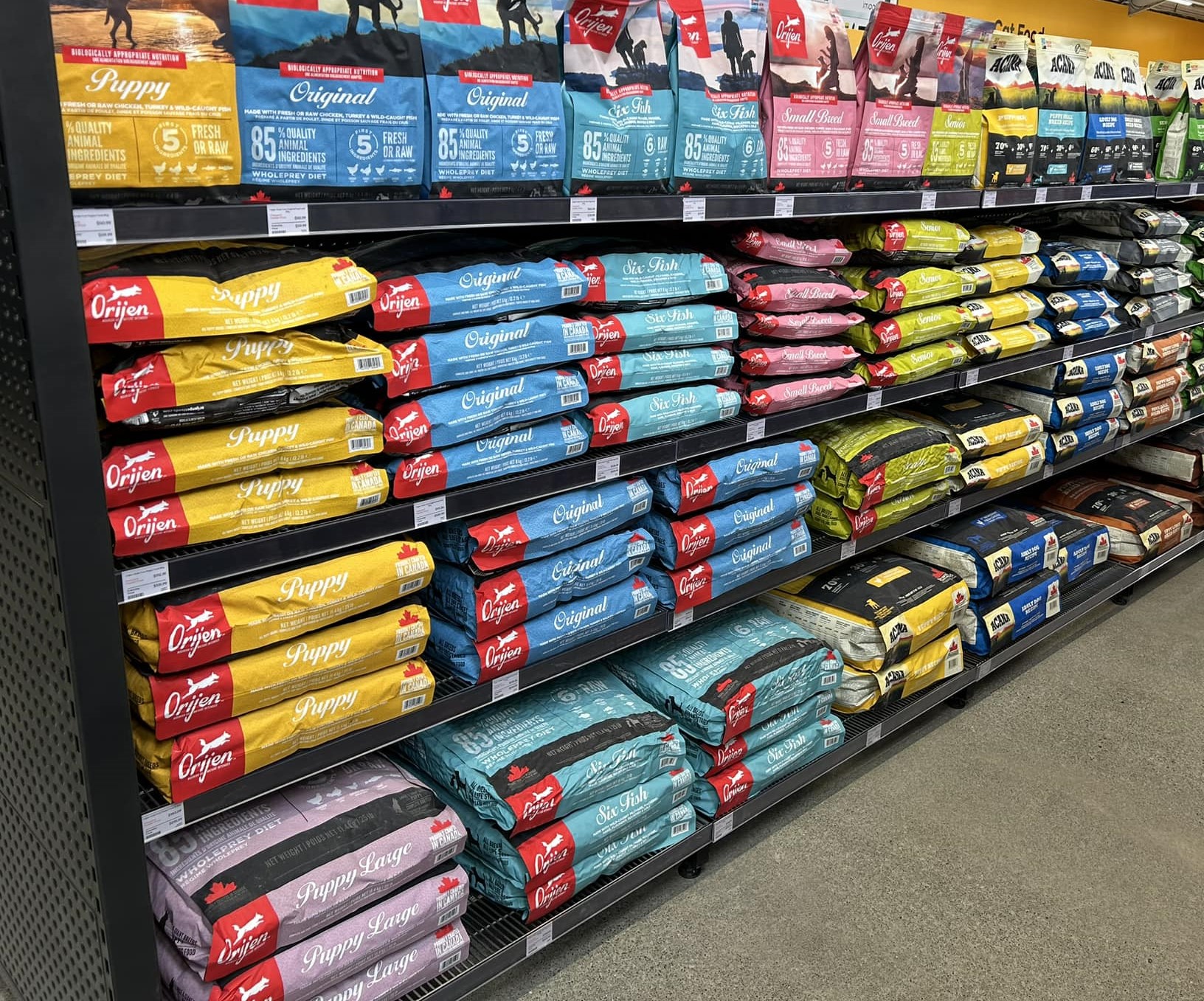
.jpg)